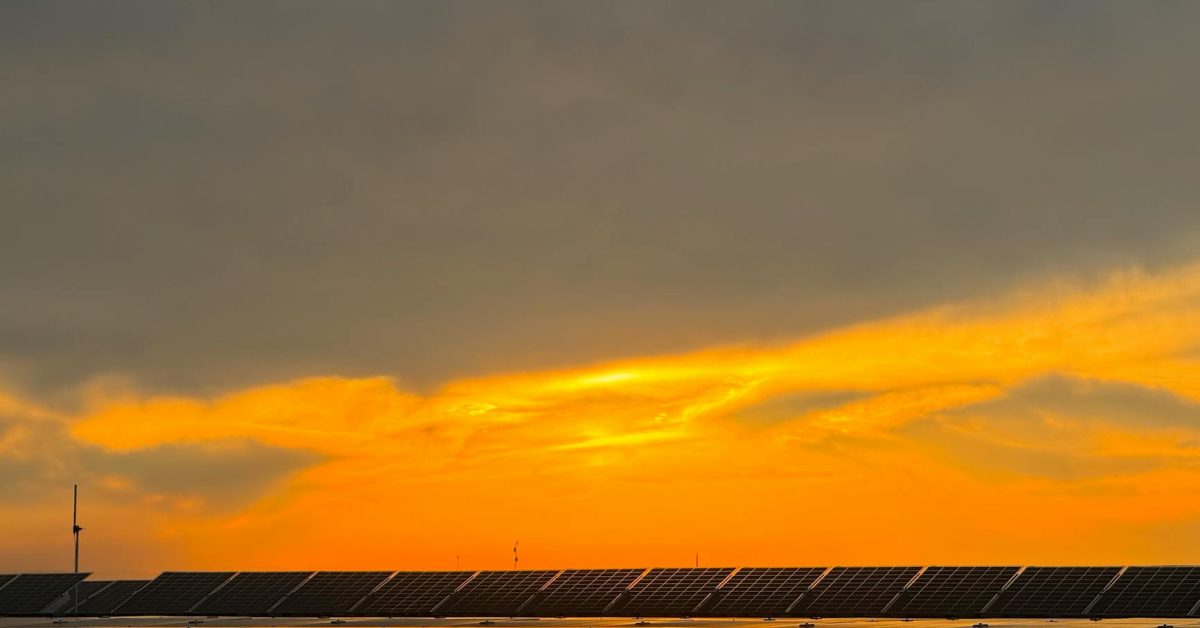During the first three quarters of 2024, renewables increased their output by almost 9% year-over-year, and solar is still leading the charge, reports the US Energy Information Administration (EIA).
Solar’s massive growth
According to the EIA’s “Electric Power Monthly” report, which includes data through September 2024, solar power generation (including both utility-scale and rooftop installations) shot up by 25.9% compared to the first nine months of 2023.
Utility-scale solar grew even faster – up 30.1% – while small-scale solar (mostly rooftop) increased by 16.2%. Combined, solar contributed more than 7% of the total electricity generated in the US so far this year.
Zooming in on September, utility-scale solar generation grew by a whopping 29% compared to September 2023, and rooftop solar climbed by 14.2%. Combined, solar generated 7.5% of the nation’s electricity that month.
Small-scale solar made up nearly 30% of all solar generation from January to September and provided 2% of the country’s electricity. Interestingly, small-scale solar is now producing almost double the electricity of utility-scale biomass, and over five times that of either geothermal or petroleum-based power.
Wind and renewables mix
Wind power also saw strong growth so far this year. From January to September, wind output was up 6.6% compared to last year. Wind still holds the top spot among renewables, making up 9.9% of US electricity generation in the first nine months of 2024.
The combined contribution of wind and solar provided 17% of the US’s electricity for the first three-quarters of 2024. Altogether, renewables – including wind, solar, hydropower, biomass, and geothermal – supplied 24% of US electricity in that period, compared to 22.8% during the same time last year.
The numbers show that renewables are growing much faster than traditional energy sources. For example, in the first nine months of 2024, renewables grew by 8.6%, which is more than double the growth rate of natural gas (4.1%) and almost seven times that of nuclear (1.3%). Even in September alone, renewable power generation was up 7.9% compared to September 2023, making up 21.3% of total electricity generation that month.
Other notable trends
From January to September, wind generated 76.4% more electricity than hydropower, and solar surpassed hydropower by 27.2%. In September alone, wind and solar produced 73.5% and 65.9% more electricity, respectively, than hydropower, due to drought conditions, particularly in the Pacific Northwest.
For the first nine months of 2024, wind and solar together produced 14.5% more electricity than coal and came close to catching up with nuclear power’s share of electricity generation (17% compared to nuclear’s 17.6%). This growth has solidified renewables’ place as the second-largest source of electricity generation in the US, behind natural gas.
Ken Bossong, executive director of the SUN DAY Campaign, which reviewed the EIA’s data, put it simply: “Renewable energy sources now account for a quarter of the nation’s electricity. Any attempt by the incoming Trump Administration to undermine renewables would have serious negative impacts on both the country’s electricity supply and the economy.”

Read more: US solar and wind growth defies expectations – a decade in numbers
To limit power outages and make your home more resilient, consider going solar with a battery storage system. In order to find a trusted, reliable solar installer near you that offers competitive pricing, check out EnergySage, a free service that makes it easy for you to go solar. They have hundreds of pre-vetted solar installers competing for your business, ensuring you get high-quality solutions and save 20-30% compared to going it alone. Plus, it’s free to use and you won’t get sales calls until you select an installer and you share your phone number with them.
Your personalized solar quotes are easy to compare online and you’ll get access to unbiased Energy Advisers to help you every step of the way. Get started here. –trusted affiliate link*
Read the full article here




